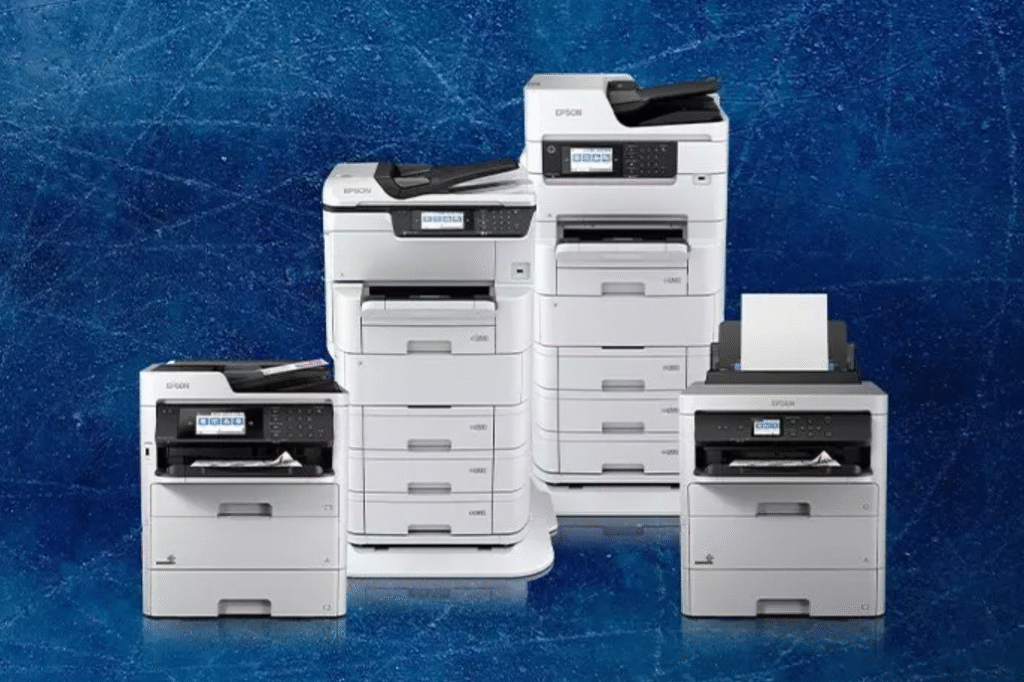In an era where efficiency and productivity are paramount to the success of small and medium-sized businesses (SMBs), the integration of AI-driven workflows and automation strategies can significantly impact daily operations. The recent partnership between Epson and Umango highlights how such solutions can revolutionize document management, streamline processes, and enhance decision-making capabilities for SMBs. By leveraging advanced technologies such as Optical Character Recognition (OCR), optical mark recognition (OMR), handwriting recognition, and AI-powered data extraction tools, businesses can transform traditional workflows into data-driven, automated systems that save time and resources.
The need for effective document management and data processing has never been more critical. As organizations strive to improve decision-making, accurate information flow is essential. With Umango’s intelligent document processing capabilities integrated into Epson scanners and multifunction printers (MFPs), users can easily manage document workflows directly at the point of data entry. This seamless integration allows for a more streamlined approach to handling documents, reducing the burden on employees who previously spent considerable time on manual data entry and processing tasks.
One of the key advantages of adopting AI-driven workflows is the noticeable reduction in operational time. For instance, an SMB may find that manual data entry for invoices or customer feedback forms consumes a significant portion of their team’s work hours. With the deployment of OCR technology, these processes can be automated, allowing the system to extract relevant data automatically and input it into the desired formats or systems. This not only cuts down on time but also minimizes the risk of human error, leading to more accurate data collection and reporting.
Moreover, as Patrick Perrot from Epson Europe highlights, the ease of deployment and flexible integration options available with the Umango platform make it an excellent fit for various business environments. This adaptability means that SMBs can implement the system without extensive training or technical expertise, enabling staff to focus on more strategic activities rather than getting bogged down by operational inefficiencies. When businesses can readily adopt new technologies without significant hurdles, the return on investment becomes evident as productivity rates begin to climb.
Furthermore, improving document flow accuracy can directly enhance decision-making. In a world where timely, informed decisions can mean the difference between success and failure, having instant access to accurate data is invaluable. AI-enhanced document processing tools can provide managers and decision-makers with the real-time information they need to adjust strategies, allocate resources effectively, and respond promptly to market changes. This capability is especially critical for SMBs that must navigate their competition with agility and foresight.
For instance, consider an SMB operating in retail. By automating the data capture from receipts and inventory management documents, the organization not only streamlines their bookkeeping processes but also gains insights into sales trends and customer preferences. AI-driven analytics can further analyze this data to forecast inventory needs, optimizing stock levels and reducing carrying costs. This kind of example illustrates the potential of AI workflows to not merely facilitate day-to-day operations but to drive strategic advancements that underpin business growth.
As SMB leaders explore these automation opportunities, they should also consider how existing systems may need to evolve. Integration does not merely involve installing a new software; it requires assessing current workflows, identifying bottlenecks, and determining the desired outcomes. In many cases, engaging with stakeholders throughout the organization can yield insights that reveal inefficiencies previously unrecognized. By ensuring that the AI tools selected align closely with operational goals and personnel capabilities, businesses can foster a more seamless transition and maximize impact.
In terms of specific workflow optimization strategies, businesses can begin small, perhaps by automating just one or two areas, such as document capture for invoices or client communications. As teams grow comfortable with the integrated systems, they can expand automation efforts to cover additional processes. This incremental approach allows businesses to measure improvements over time, adjust strategies as needed, and gradually build an organizational culture that embraces technological advancements.
In conclusion, the collaboration between Epson and Umango exemplifies how intelligent document processing can substantially enhance the efficiency of SMB operations. By adopting AI-driven workflows and automation, businesses can leverage accurate data to make informed decisions, reduce manual workloads, and focus on high-value tasks that drive growth. The key takeaway for leaders is to view automation not as a daunting overhaul but as a strategic evolution, tailored to their specific needs and objectives.
FlowMind AI Insight: As businesses navigate the evolving landscape of technology, embracing AI-driven workflows and automation will be crucial to staying competitive. Thoughtful integration can significantly enhance decision-making and operational efficiency, paving the way for sustainable growth and innovation.
Original article: Read here
2025-06-05 07:00:00

